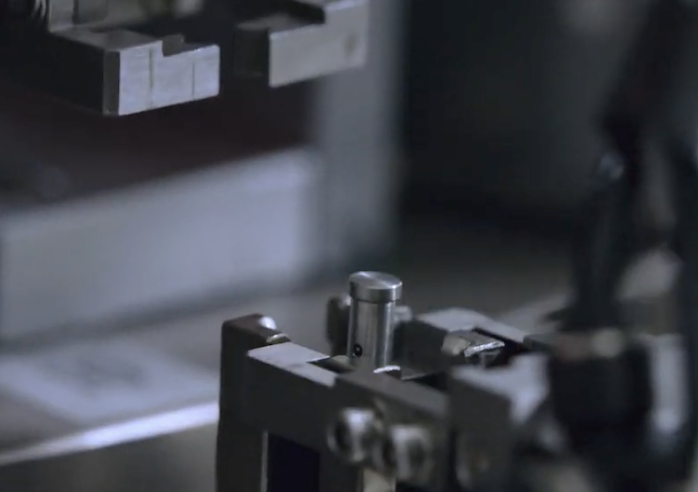2022-01-17
An Introduction to Rodless Cylinder

An Introduction to Rodless Cylinder
A rodless cylinder contains the movement produced in the cylinder body’s overall length. It means that, unlike the piston rod cylinders, rodless cylinders can support load throughout the movement. Rodless cylinders are also known as rodless actuators and rodless slides.
How Do Rodless Cylinders Work?
There is a piston moving inside the cylinder bore, with compressed air driving it, similar to a tie-rod or conventional profile cylinder. What makes it different is that the motion gets transmitted to the outside through the length of the body instead of with a piston rod through the end cap.
There is also a strut connecting the piston to a table running on guides along the cylinder’s length. The air pressure is also sustained by the sealing strip breaking around the strut while the table moves and re-seals. This sealing strip also retains the sealing surrounding the strut to achieve an acceptable level of leakage.
How to Choose the Right Rodless Cylinder
Before looking for a rodless cylinder, make sure you check first if the application lends itself to using a rodless solution. If torque or turning moments, for instance, risk buckling of a conventional cylinder’s piston rod, more possibly over long traverse distances, it is ideal to use a rodless cylinder.
It is also crucial that you consider the specific load that will be moved, the speed, and the distance. You can equate the load to force by simply multiplying by gravitational acceleration. You can then use the force tables for identifying the type of rodless cylinder that is most suitable and calculate the required bore.
Take note that a safety factor is recommended in force calculations to ensure that the cylinders don’t work at their limit. Since rodless cylinders operate dynamically, or they bear a load almost all the time, this particular factor should be 50%.
You also need to consider all moments of inertia. To put it simply, it is the guide table’s twisting action, and you can calculate it in transverse, horizontal, and vertical directions. The capacity to withstand moments will increase from the internal guide to the external guide, and the precision roller bearing. The distance where the load travels helps determine the required stroke length.
Common Applications of Rodless Cylinders
A rodless cylinder is ideal for those applications in which the buckling of traditional cylinders might pose an issue. It is especially the case if there is a need for long stroke lengths. Maximum strokes of 8.5m are made available for bores of 16mm to 40mm. There are also 8mm strokes for 53mm and 63mm bores, and up to 5.5mm for an 80mm bore.
Aside from that, rodless cylinders can also operate at relatively higher speeds, unlike conventional cylinders. This allows objects to be transported within an acceptable time over large distances.
Tubing and fittings are essential since you need to connect rodless cylinders into the system. Being a component, it is important to have the correct pressure and filtration regulation. While not necessarily essential, the extrusion slots allow using grooves and switches.
TAIWAN CHELIC CO., LTD.
TEL : 886-2-29041235
FAX : 886-2-29068203
No.21, Guifeng St., Taishan Dist., New Taipei City 243, Taiwan
